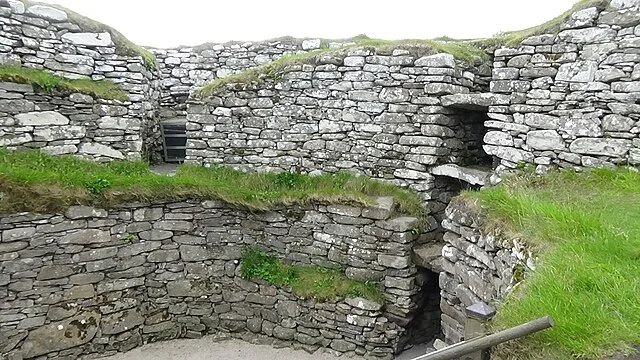Clickimin Broch is a well-preserved example of Iron Age architecture in Scotland, situated in Lerwick, Shetland. Dating back to approximately 400–200 BC, this structure offers a unique view into the lives of ancient Scottish communities. Archaeologists have uncovered much about Iron Age society through the careful examination of Clickimin Broch and similar structures. Clickimin stands out due to its complex design and long history, making it one of the most significant brochs in Scotland.
Get your dose of History via Email
Structure and Design
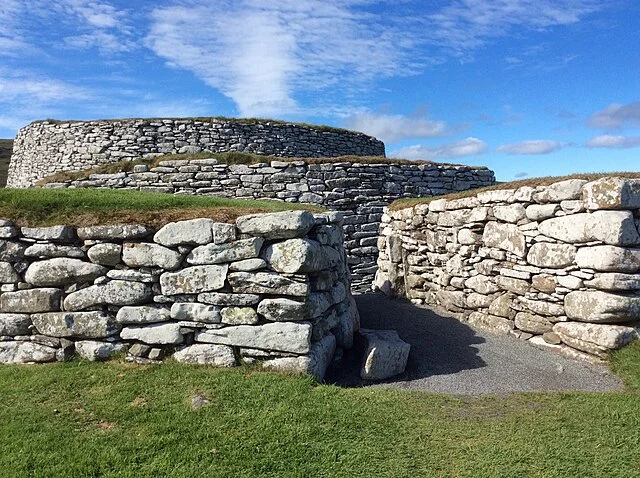
Clickimin Broch consists of a double-walled stone tower with an interior courtyard. Its construction showcases the advanced building techniques of the time. The outer wall measures about 15 feet thick and provides essential stability and defense. Within the tower, rooms and passages connect, offering a protected environment for the inhabitants. The broch also includes a guard cell at the entrance, providing security and control over entry.
The broch stands on an artificial island, which may have enhanced its defensive capabilities. Builders connected it to the mainland via a stone causeway. This layout illustrates how Iron Age communities in Scotland considered both security and practicality when constructing their homes.
Historical Significance
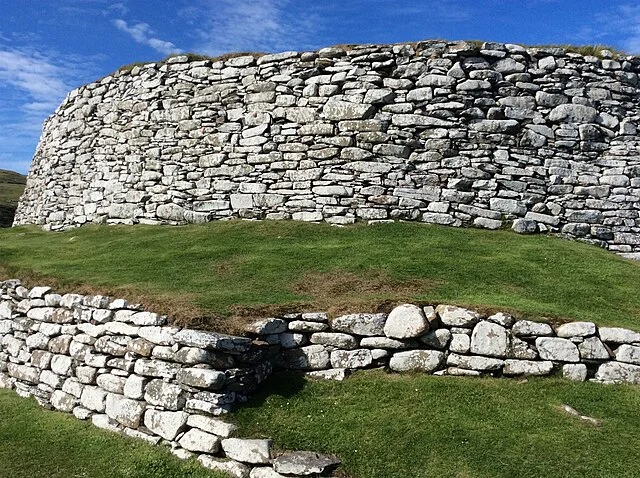
Clickimin Broch holds a crucial place in Iron Age archaeology. It exemplifies the unique broch architectural style, characterized by circular towers made of drystone masonry. Brochs served as fortified homes for communities, though scholars debate whether they functioned as defensive structures or as symbols of social status.
At Clickimin, excavation findings include pottery, tools, and other artifacts that shed light on daily life. These items reveal a community that engaged in agriculture, fishing, and small-scale trade. Clickimin’s artifacts also show connections with other regions, suggesting trade or cultural exchange.
Phases of Development
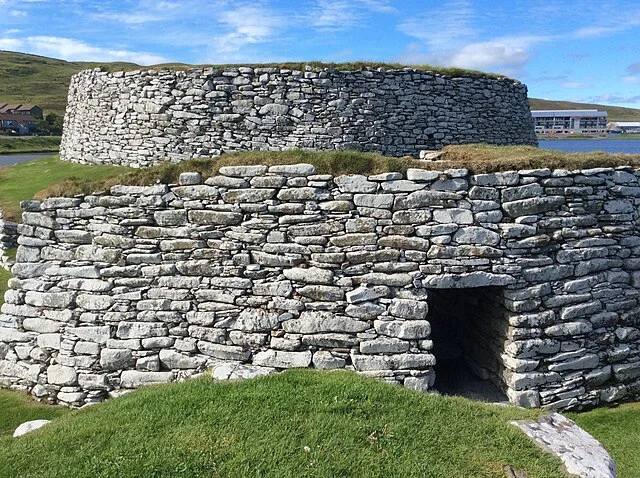
The site of Clickimin Broch reflects multiple phases of occupation and construction. The initial phase, beginning around 400 BC, likely included a simple structure. Over time, the community expanded and fortified it, leading to the construction of the broch tower and other defensive features. By around 200 AD, the broch had become a well-established fortified residence.
Researchers have identified an outer stone enclosure built later in its history, possibly to house livestock or provide additional security. These modifications show how the broch evolved to meet changing needs over time.
Clickimin Broch in Archaeological Research
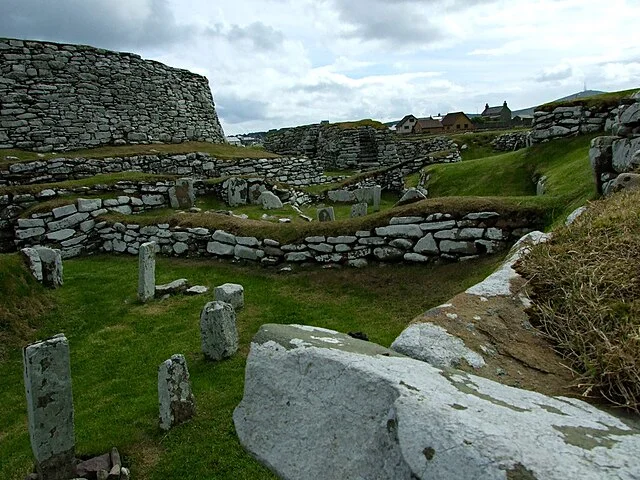
Clickimin Broch provides essential insights into the social structure and defensive practices of Iron Age Scotland. Archaeologists continue to study the broch’s construction techniques, noting the skill required to create such a stable structure without mortar. Scholars examine the artifacts found within Clickimin, comparing them with finds from other brochs across Scotland.
Since Clickimin is well-preserved, it offers a more complete understanding of broch construction and use. These findings contribute to a broader understanding of broch culture in Scotland and the various functions these structures served.
Visiting Clickimin Broch Today
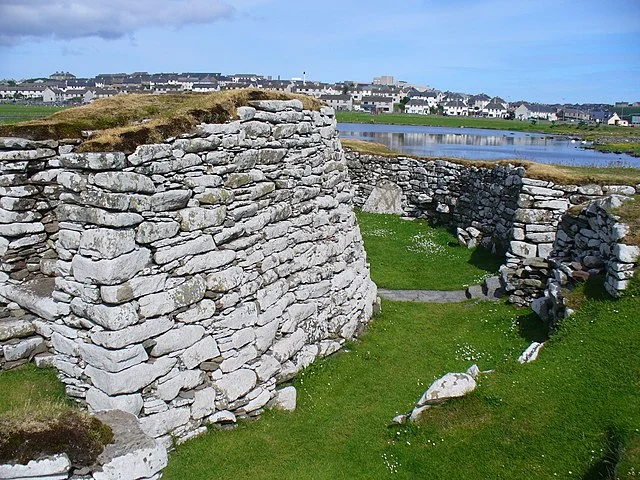
Today, Clickimin Broch is a popular site for those interested in ancient history. It remains accessible to visitors, with interpretive signs explaining its history and construction. As one of the best-preserved brochs, Clickimin offers a rare opportunity to view Iron Age architecture up close.
Visitors can walk around the site, exploring the stone walls, guard cells, and inner rooms. This allows for a deeper appreciation of Iron Age life and the ingenuity required to construct and maintain such a complex structure.
Conclusion
Clickimin Broch remains an invaluable source of information about Iron Age Scotland. Its sophisticated construction and strategic location highlight the skills and social structure of its builders. As one of Scotland’s most intact brochs, it continues to provide insights into Iron Age life, making it an essential site for archaeologists and historians alike.
Source:

